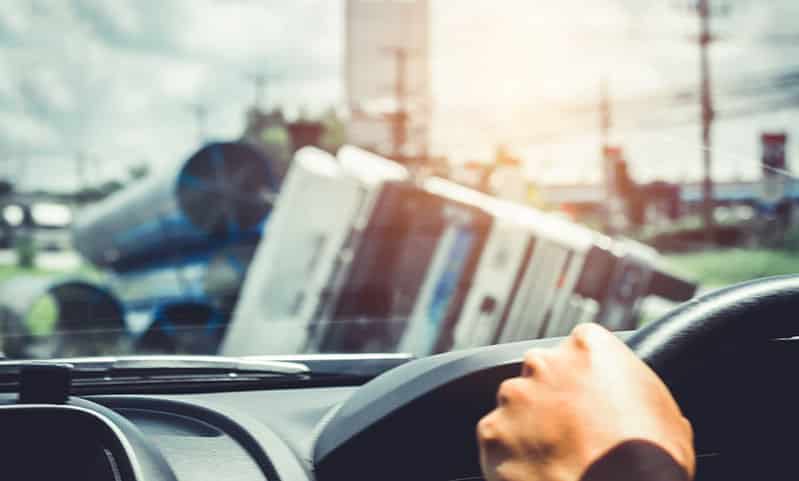At-fault drivers are legally responsible for commercial crash damages. Typically, employers are financially responsible for car crash damages, because of the respondeat superior rule.
This legal doctrine holds employers responsible if their employees are negligent.
As outlined below, New York law defines these key terms in broad, victim-friendly terms. So, these victims have an additional source of recovery.
That’s very important in catastrophic injury claims, like wrongful death claims.
Typically, tortfeasors (negligent drivers) do not have enough insurance coverage to provide fair compensation to these victims.
A New York personal injury attorney is an essential part of this process.
A lawyer has the resources to collect evidence and establish first party liability. Furthermore, an attorney evaluates the legal aspects of your claim.
First Party Liability
Employers are only responsible for Uber driver, taxi driver, bus driver, and other commercial vehicle wrecks if the driver was negligent.
Typically, drivers are negligent if they did not use ordinary care or if they broke a safety law.
Fatigue is a good example of a lack of care.
Driving after twenty hours without sleep is like driving with a .08 BAC. That’s twice the legal limit for commercial operators in New York.
Many truck drivers are behind the wheel for this amount of time. They usually get paid by the load and not by the mile.
So, they must drive as far as they can as quickly as they can if they want to make money.
Circadian rhythm fatigue is often an issue as well. Regardless of how well rested they are, most people are naturally drowsy at certain times of day and night.
Fatigue is also an issue among ridesharing operators and taxi drivers. Many of these people have other jobs.
So, before they even get behind the wheel, they are already dangerously fatigued.
It’s illegal to use a hand-held cell phone while driving.
Nevertheless, device distraction is a serious issue, especially in ridesharing crash cases. Other device activities, such as using a hands-free device, are technically legal but nevertheless dangerous.
These actions could constitute a lack of care.
Insurance Company Defenses
On a related note, seatbelt compliance is much lower in ridesharing and other commercial vehicles.
In the Empire State, if victims do not wear seatbelts, insurance companies can try to reduce or deny compensation.
The insurance company has the burden of proof in seatbelt defense cases.
The comparative fault defense is even more common. This legal loophole shifts blame for the accident from the tortfeasor to the victim.
For example, the insurance company might admit that its driver was distracted and blame the accident on the victim’s excessive speed.
In these instances, jurors must weigh the evidence and divide fault on a percentage basis. New York is a pure comparative fault state.
So, even if the victim was 99 percent responsible for the crash, the tortfeasor is still liable for a proportionate share of damages.
Third-Party Liability
The aforementioned respondeat superior rule applies if the tortfeasor was an employee acting within the scope of employment at the time of the wreck.
The collision must also be a foreseeable consequence of the employer/employee relationship.
Any person the employer controls in any meaningful way is an employee.
That includes people like independent contractors, owner-operators, and even unpaid volunteers.
The ridesharing, transportation, or other company controls these drivers in terms of things like route travelled or cargo carried.
Somewhat similarly, any act which benefits the employer in any way is within the scope of employment.
Deadheading is a good example. Uber and other rideshare drivers spend a significant amount of time driving without passengers.
Although the company does not profit from deadheading, this conduct is within the scope of employment.
If the vehicle has a company logo on it, the free advertising benefits the company. Having drivers on the road also benefits the company.
Foreseeability is normally not an issue in commercial crash claims.
An accident is usually a foreseeable consequence of driving. Third party misconduct, like a driver who breaks into the parking lot and steals a car, sometimes affects foreseeability.
Damages in a vehicle collision claim typically include compensation for economic losses, such as medical bills, and noneconomic losses, such as pain and suffering.
Employers are ultimately responsible for commercial vehicle collisions.
For a free consultation with an experienced personal injury attorney in New York, contact Napoli Shkolnik, PLLC.
